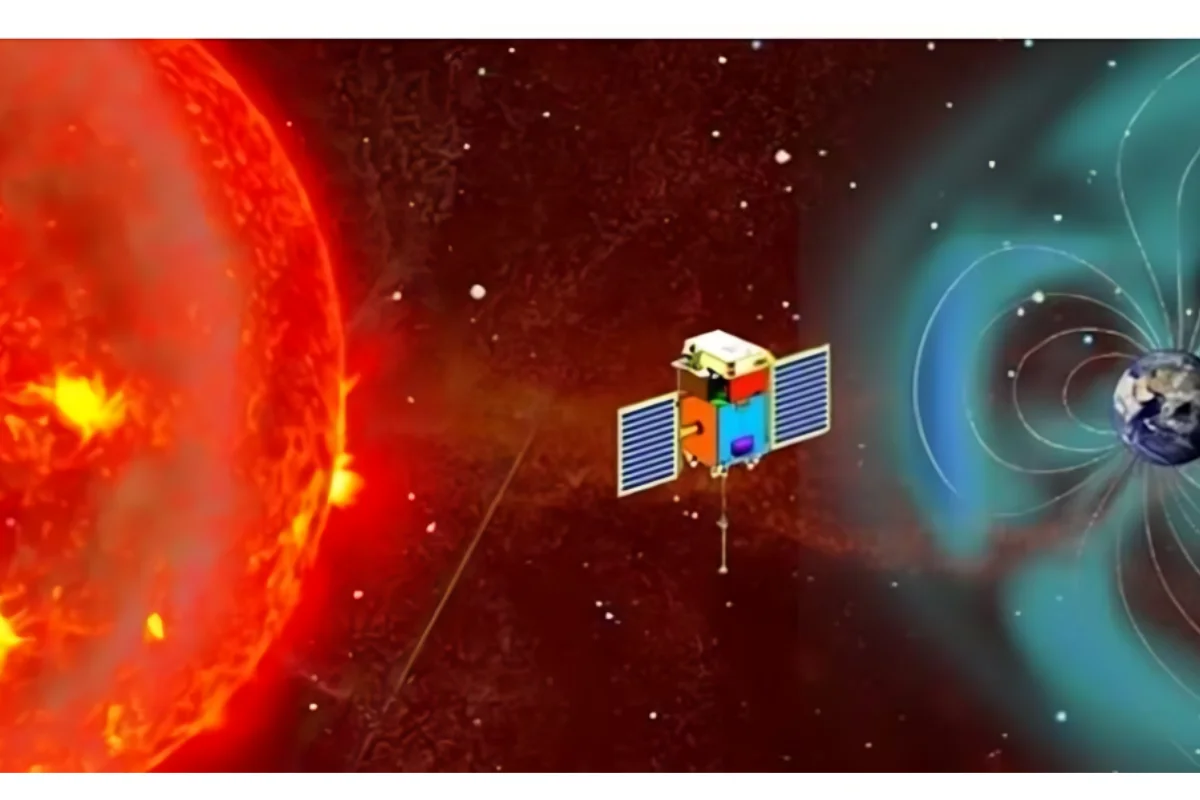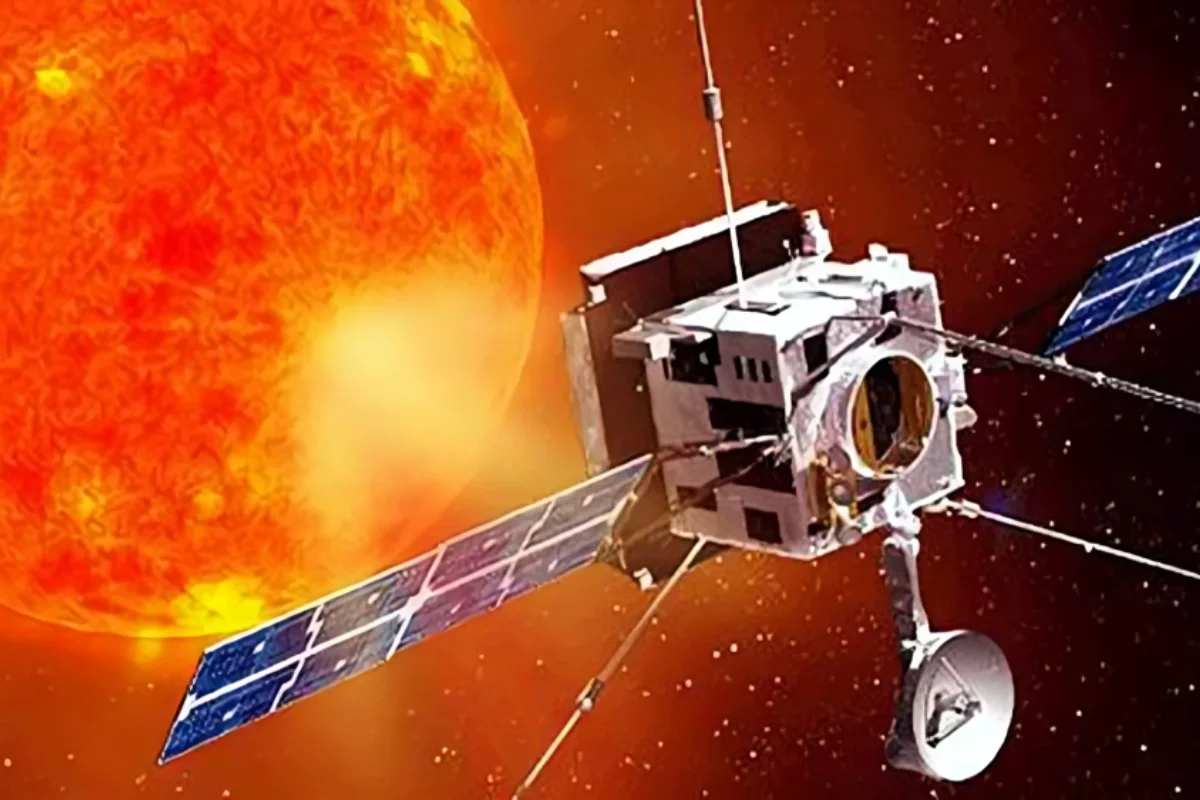India created history on Wednesday when it successfully landed on the southern polar area of the Moon with its Chandrayaan-3 mission and launched a rover that will be operational for the next 14 days. With the mission being achieved, all eyes are focused on Chandrayaan-4, the next step.
In order to address one of the most intriguing mysteries in lunar exploration—namely, is there water on the moon?—the Indian Space Research Organisation (Isro) and the Japan Aerospace Exploration Agency (JAXA) have teamed up to launch the Lunar Polar Exploration Mission (Lupex), also known as Chandrayaan-4.
Data from observations has revealed traces of lunar water in recent years. The existence of water on the Moon may have significant effects on upcoming space missions and might prove to be a useful resource.
About Lupex also referred as Chandrayaan-4
Lupex is positioned to lead the way in offering specific responses to these questions.
Finding out if there is any water in the lunar polar zone and whether it could be useful is Lupex’s main goal. By figuring out the amount and quality of lunar water resources, the mission seeks to achieve this goal in two main ways.
Based on available observational data, the quantity aspect aims to determine the actual amount of water present in the predicted areas.
Lupex will provide a vital baseline for determining how much water needs to be transferred from Earth for next lunar missions and how much can be obtained locally by collecting “ground truth data” and in-situ measurements. The financial and environmental aspects of lunar exploration may be completely transformed by this data.
Concurrently, the quality component seeks to understand through in-situ measurements in the Moon’s polar regions the distribution, characteristics, and shape of lunar water resources. Gaining an understanding of these factors is essential to efficiently using lunar water for shielding, propulsion, and life support.
Lupex intends to accomplish these objectives by launching a state-of-the-art spacecraft that is furnished with ultra-high-energy-density batteries and thin-film solar cells, guaranteeing a continuous power supply even in locations that are shaded or throughout the lunar night.
The rover’s ability to move about and survive in the harsh lunar environment depends on this technical advancement.
The goal of Lupex is to progress the technology needed for surface exploration on low-gravity worlds in space. This entails optimising mechanisms for lunar night survival, inventing mobility solutions, and creating excavation procedures for prospective mining activities. These developments could have an impact on upcoming expeditions to Mars and beyond in addition to supporting future lunar activities.
The joint India-Japan mission advances our understanding of lunar conditions and paves the road for sustainable lunar exploration while utilising the strengths of both countries to address one of the most intriguing question in lunar science.
The mission may begin as early as 2026.
Also Read: TCS onboards 44,000 freshers in FY23, honors all job offers
Keep watching our YouTube Channel ‘DNP INDIA’. Also, please subscribe and follow us on FACEBOOK












